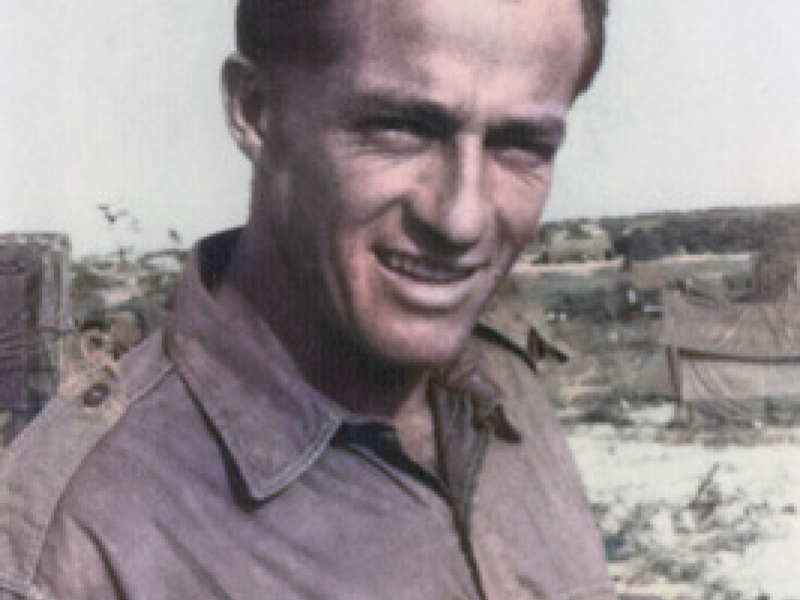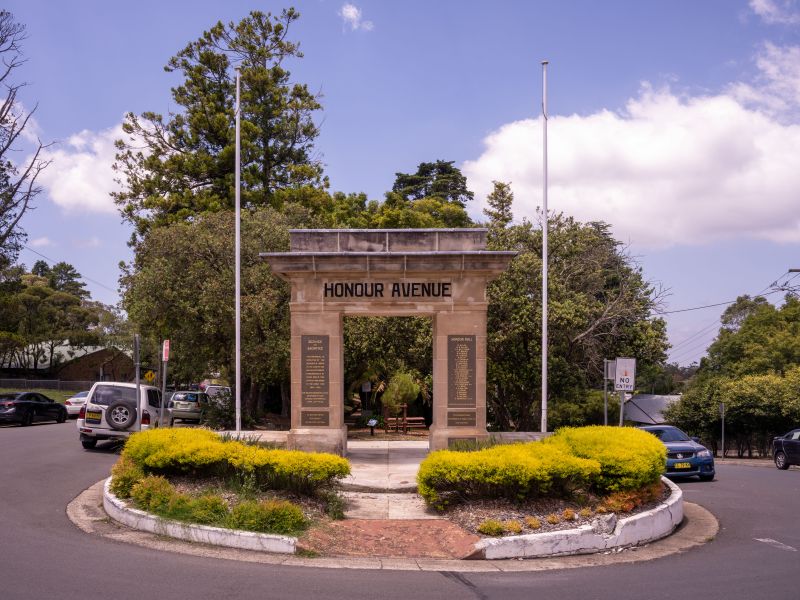213151 Corporal Robert “Bob” Walter Bowtell, 3rd Field Troop, Royal Australian Engineers
Robert Bowtell was born on the 25th of April 1932 at Turramurra, New South Wales, to Albert and Eva Bowtell. He grew up in the Blue Mountains and attended Katoomba High School. He left school in 1948 to undertake a carpentry apprenticeship but after five years, changed trades to become a painter.
Wanting to do more, Bowtell applied for service in the Australian Army. His first attempt was unsuccessful but succeeded in enlisting on the 10th of July 1959.
He qualified as a rifleman and in March 1960 was posted to 3RAR at Enoggera in Queensland.
Soon after arriving in Brisbane, Bowtell met Josephine and after a whirlwind romance, they were married on the 2nd of July. Over the next few years they welcomed three children: Michael, Susan, and Peter.
Bowtell remained with 3RAR until 1963, when he transferred to the 1st Field Engineer Squadron, Royal Australian Engineers. He qualified as a combat engineer and in May 1964, was promoted to corporal. That December, he deployed with his unit to Sabah, Malaysia for six months, carrying out road construction tasks.
In August, Bowtell transferred to the 3rd Field Troop, RAE, and embarked for Vietnam as part of the 1RAR battle group on the 11th of September. By this time, Josephine was pregnant with their fourth child.
Shortly after arriving, on the 8th of January 1966, Operation Crimp was launched. This search-and-destroy operation in the Ho Bo woods aimed to locate and destroy a major enemy headquarters.
Bowtell and another engineer were attached to 1RAR’s B Company for the operation and airlifted into the area. They soon incurred casualties from snipers. As the Australians advanced, they discovered enemy bunkers and a long series of tunnels.
The engineers began investigating, finding weapons, documents and other materials. They had landed directly atop the enemy headquarters they had been sent to find.
On the 11th of January, smoke and tear gas was blown down one of the tunnels. Bowtell was advancing along a cramped tunnel and became wedged in a trapdoor in the floor. Frantic efforts were made to dig down into the tunnel and widen the shaft but this took too long.
After repeated attempts at rescue, Private Jim Daly volunteered to rescue Bowtell. He entered the tunnel four times and worked almost to the point of collapse but was ordered out of the tunnel by his platoon commander before he could rescue Bowtell.
By the time he was recovered, Robert Bowtell was already dead. He was found to have dislodged his respirator during attempts to free himself and had been overcome by tear gas. With the smoke exhausting the oxygen supply, he had asphyxiated.
His body was taken to Malaysia, where he was laid to rest with full military honours in Terendak Cemetery. Back home, in May, Josephine gave birth to their fourth child, a son named Robert.
Michael Kelly, Historian, Military History Section
Sources
- www.ancestry.com
- National Archives of Australia, service record, Robert Walter Bowtell
- Further information supplied by family members

 Australian War Memorial
Australian War Memorial